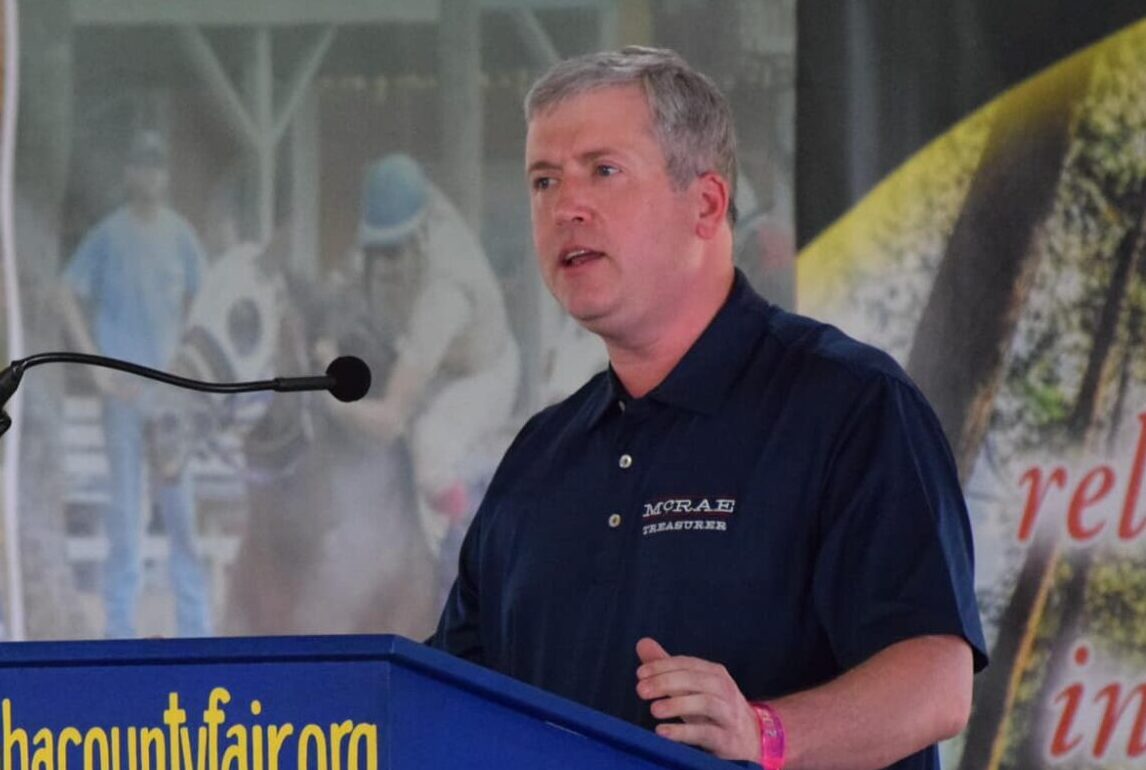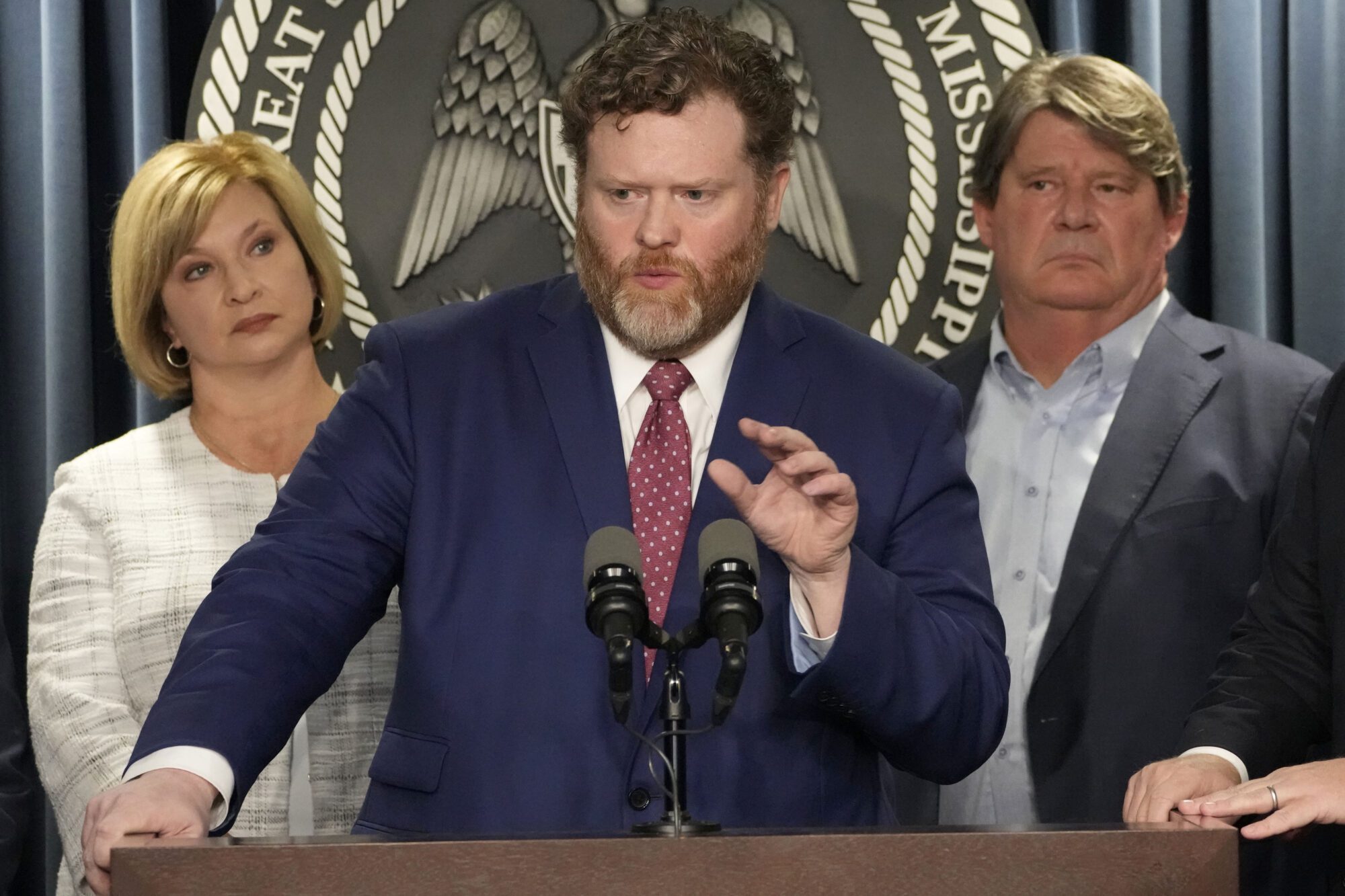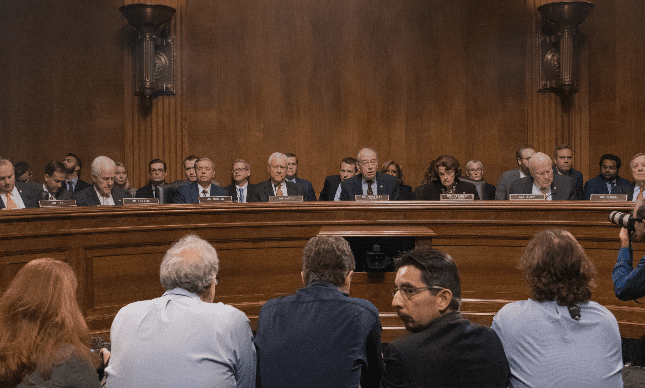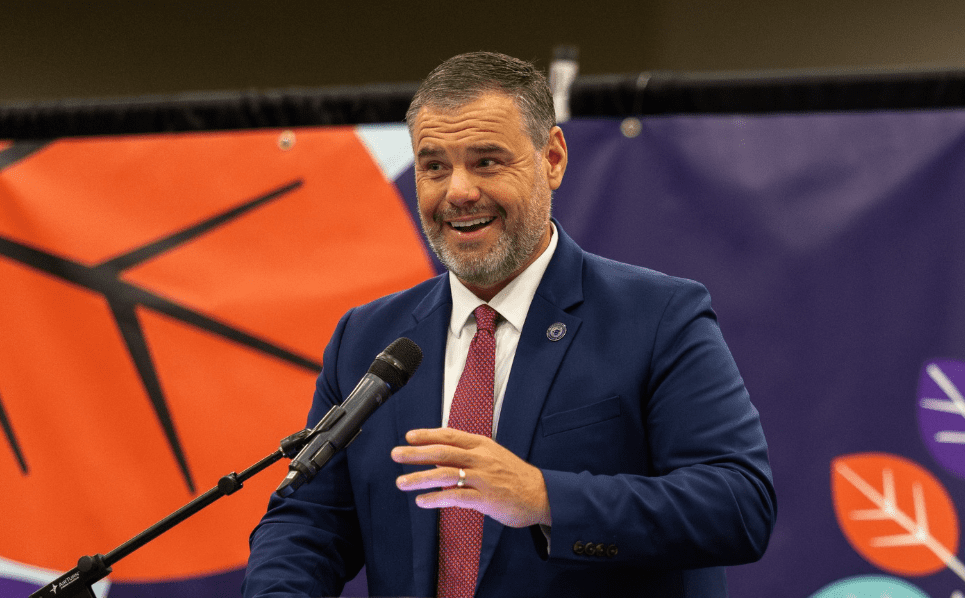
- Changes to the structure of youth courts were proposed by practitioners.
The Mississippi Senate’s “Women, Children and Families Study Group” met recently to discuss challenges within the state’s youth court system. Changes to the structure of youth courts were proposed by practitioners with the aim of reducing youth crime and instances of the state assuming custody.
Youth Courts
Youth courts in Mississippi deal with alleged instances of abuse of children under the age of 18, as well as criminal offenses committed by those juveniles.
In the 24 Mississippi counties large enough to have a separate County Court, those judges double as Youth Court judges. In smaller counties, Chancery Court judges can serve as Youth Court judges or appoint a judicial “referee” to handle juvenile matters.
County Court Judges Staci O’Neal (Madison County) and Staci Bevill (Lee County) told legislators that the current system means that smaller counties may not have the same bandwidth or resources to meet the needs of their juvenile population. The pair proposed the establishment of a more uniform system for youth courts across the counties.
Counties with populations of 50,000 or more, of which there are 24, currently have separate county/youth courts. Just two of the state’s juvenile focused courts are under the county’s Chancery Court.
The remaining 56 counties have part-time referees assigned to juvenile matters. A majority of the counties with referee courts, 38, are operating without administrative staff, according to O’Neal and Bevill.
When a court determines a young person must be held in a detention center due to a criminal charge, a place for that juvenile must be found. However Mississippi only has 17 centers in the state that can accommodate juveniles long term. That means many times when a juvenile is picked up for a crime they have to be taken to a facility outside their own county. Since those facilities are typically owned and operated by the respective county, they have prerogative whether to accept an out-of-county juvenile, creating a housing issue for that young person.
When a child has to be removed from a situation where abuse or neglect is alleged, Child Protective Services becomes involved to investigate and, if needed, find a foster home for the child. These courts become involved in alleged abuse or neglect cases after receiving a referral. During 2023, of the 64,606 referrals received in the state, 18,212 lead to cases.
O’Neal and Bevill raised concerns about whether referees in smaller counties have sufficient staff and are adequately paid. They told legislators in attendance that the population of a county does not necessarily correlate with the case load, such that rural counties can often have more cases than more densely populated areas.
O’Neal described how Hancock County, which has a population large enough for a County Court, has about 81 children in CPS custody, while Prentiss County, a county with a much smaller population and therefore no County Court, has 97 children in CPS custody. Pearl River County, another with a County Court due to a population of about 57,000, has 97 children in CPS custody, while Madison County, an area with a population of 111,000, has between 40 to 50 children in state custody.
O’Neal and Bevill suggested the state consider combining several referee-led courts by region to consolidate their funding and create Youth Courts that are more adequately staffed.
The judges also alerted the Group Study to a trend of increasing criminal cases heard by Youth Court judges. Bevill and O’Neal said cases heard today are not indicative of what judges saw decades ago in the forms of trespassing, shoplifting or “rolling” a person’s home with toilet paper.
“Now, the Youth Courts are dealing with burglary, and weapons, and meth and drugs and addiction, and mental health problems,” O’Neal elaborated. “So we have a system that was designed when the times were different and we need a system that is for this decade and this century basically. If you look at the headlines, it’s not adults that are killing people, it’s teenagers.”
“Nineteen and 20-years-old,” Bevill added.
She proposed establishment of programs that can help those young people before they become a problem for society as adults.
“The delinquents we see today, are the inmates of tomorrow,” O’Neal described. “Let’s rehabilitate them now while they are juveniles with education and life skills and diversion programs so that we don’t have to fund them in prison.”
Child Protective Services
Changes to the way the Mississippi Department of Child Protective Services operates were also proposed to members of the Study Group.
Child Protective Services Commissioner Andrea Sanders informed the Study Group of an alarming trend in the system she wants to abate, an increase in the number of children falling under state custody and the growing concern of the psychological harm that trend may be causing.
“That’s alarming,” Sanders added. “We have between 500 to 550 more kids in the system than we did a year ago.”
Currently, the state has 4,100 children in its custody. During 2023, the average number of children in foster care was 3,610. Sanders said while the state is currently experiencing a spike in children entering foster care, it’s not as severe as in prior years. She pointed to 2017, when the removal rate was twice current levels.
Research into Mississippi’s foster care system by Melissa Carter, Executive Director of the Barton Child Law Policy Center, shows a child living in Noxubee County is 11 times more likely to be taken into state custody than a child living in Tate County. She said part of the reason for the variation by county typically comes down to the case worker’s professional judgement. To help bring the numbers down, Sanders called for more trained professionals, especially in the field of mental health.
Sanders said another part of the problem is an increase in drug and alcohol use by parents and a policy change in some rural jurisdictions that allows the parent to be drug tested no matter the allegation against them. Once someone tests positive, there’s disparity between jurisdictions over what constitutes an offense worthy of pulling the child from the home.
Sanders told the Study Group that more children are being removed from their families for causes other than demonstrable abuse or neglect and that there could be less disruptive ways to address problems like substance abuse or inadequate housing.
“There is a mentality that taking children equates safety, and I think we all have to educate the public and the people who make life changing decisions on behalf of children what the evidence actually tells us,” Sanders stated.
To Sanders, taking a child from their family should be the last resort, likening the psychological scarring it causes to amputating a limb.
“It causes tremendous trauma to kids to be taken into custody,” Sanders described. “Our mission is to protect children in a very unique circumstance, in the confines of their own home, in their sacred space, from the people who are supposed to take care of them. When we become a solution for bad or insufficient parenting, we end up missing our original mission.”
Carter said when a child is taken from their home they can experience a profound sense of rejection and loss, at times placing the blame on themselves and potentially exacerbating any existing mental health issues.
“That level of uncertainty, again, it changes us,” Carter described. “But the truth is we are still working harm. That placement in foster care doesn’t all the sudden cure all of that harm of removal and give the child a sense stability and security and belonging that we have displaced with that earlier decision. Instead it does promote just this ongoing sense of ambiguity.”
She is also concerned about a growing number of children who need mental health assistance.
“We’re interacting with youth who have complex mental health issues and they manifest it as behavioral misconduct,” Sanders elaborated. “And there’s a trend in this state, and I think probably everywhere. These are tough kids to deal with…,” She described.
Carter added that about 60 percent of all removal cases are for neglect, with the other reasons cited being drug and alcohol use and inadequate housing.
“I think it’s fair to think critically and deeply about whether family separation, especially knowing the harms that it causes, is the right solution for homelessness, or for unsuitable housing,” Carter stated. “It certainly is child protection intervention, but knowing that it comes with its own consequences, what can we do instead?”
While one of the last states in the nation to do so, Carter commended the Legislature for researching lessons learned from previous states before applying for a federally funded program called Family First. The program can help states recoup some of the costs of establishing evidence based programs that help families with mental health issues, substance abuse treatment and provide home parenting skills, all programs that can help keep the child with the family.
Despite a number of issues being presented by Sanders, she does not want the state to dismiss the original mission of CPS: to help the 15 percent of the children taken into state custody who she described as being burned by cigarettes, sexually abused or kept in cages in a closet to starve.
As part of her proposed overhaul, Sanders described a need for an appeals process so evidence can accurately demonstrate what is really happening to the children. Sanders told the Group Study she has enacted a set of priorities for her staff that will ensure children in CPS custody stay within their home county, ensure siblings are not separated, and treat the state’s remaining 1,500 foster families as valued customers.











